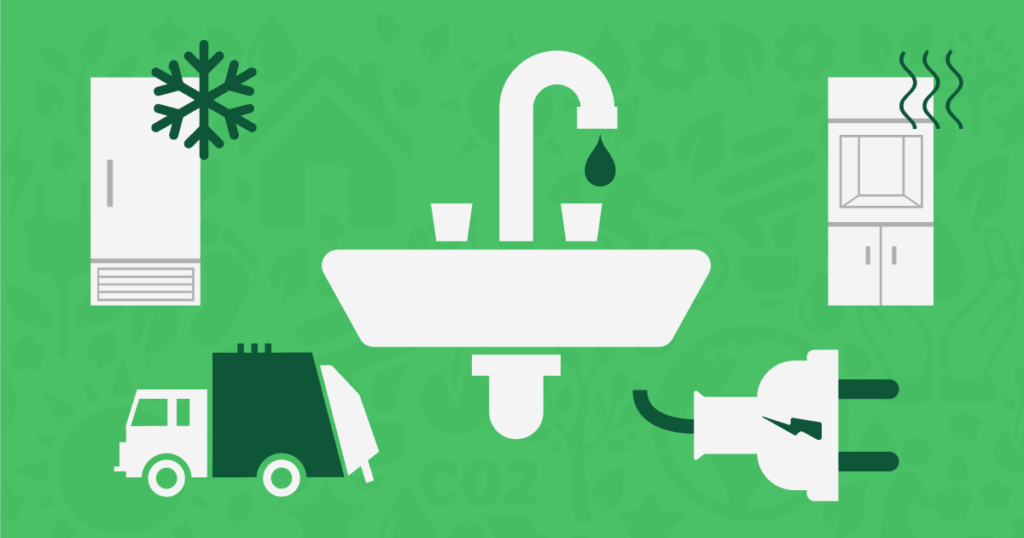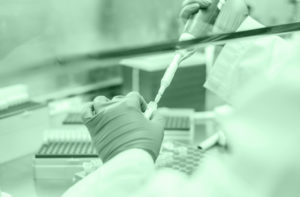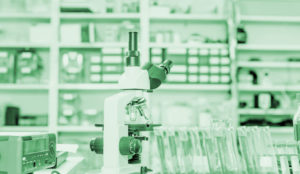Today’s guest blog was written in collaboration with Melissa Martin, a former global marketing intern with Promega. She is a senior at the University of Wisconsin-Madison where she is double majoring in zoology and life sciences communication, with a certificate in environmental studies.

Schools, businesses and organizations across the globe are increasingly implementing sustainable practices within their workspaces. From large-scale projects like installing solar arrays to behind-the-scenes initiatives like composting cafeteria food waste, “going green” is a reality of the modern workplace.
But one workspace otherwise known for being cutting edge and innovative is still struggling to implement the practices and culture of sustainability.
In her role as a teaching lab coordinator at the Johns Hopkins Institute for Nanobiotechnology (INTB), Christine Duke noticed a contrast between campus-wide sustainability initiatives and research labs:
“There is something missing here. Why aren’t we doing anything in the labs?”
Continue reading “Greening the Lab: Tips from Lab Manager’s Green Lab Digital Summit”



